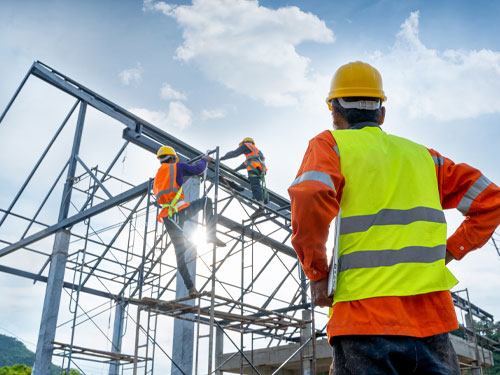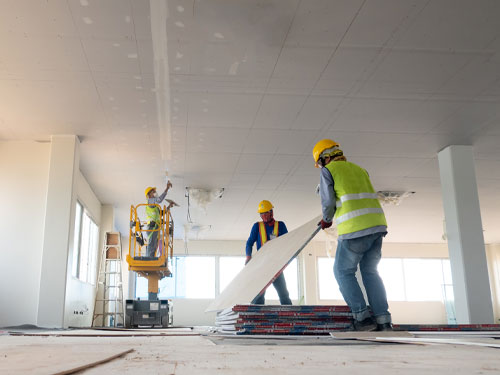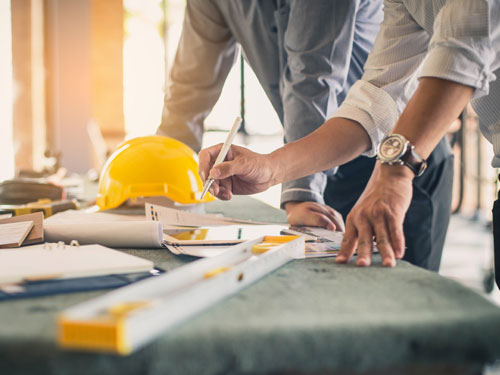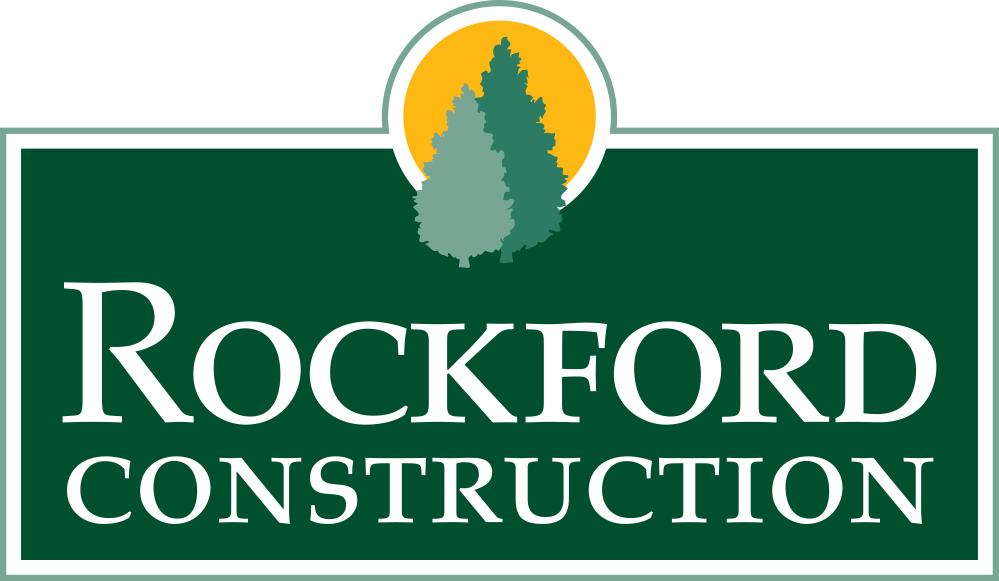
10 Questions Your Senior Living Design Team Should Ask
The population is aging, which is driving increases in the demand for senior living options that promote independence.
In 2015, seniors represented 12.3% of the global population. This figure is set to rise to 16.4% by 2030 and 21.3% by 2050. The requirements for creating a senior living community are different from those linked to developments for families or young professionals. In this informative article, we’ll outline 10 questions a senior living design team should ask.
10 questions your senior living design team should ask
Getting a senior living design just right is essential. To optimize results and plan effectively, here are some important questions to ask:
1. What does the senior living community need most?
Designing a new senior living community should be about recognizing resident requirements and catering to preferences. It’s incredibly important to ask for ideas and feedback during the planning process to get a better understanding of what residents want and what senior housing needs to deliver.
In addition to housing and accommodation, for example, residents and care providers may be keen to promote social engagement, reach out to the wider community and create opportunities to participate in activities and access amenities.
Other parties involved in the project may have concerns about medical care for residents. In some cases, for example, design teams will need to incorporate facilities for residents who need access to memory care or medication management.


2. Who is the facility for?
Senior living communities provide accommodation and access to facilities for a wide range of individuals. Design teams should be aware of the target audience and the requirements and preferences of the residents who will move into senior housing once work is complete.
It is essential to ask questions about who the facility is for and to gain insight into what that specific community wants and needs. It’s beneficial to liaise with residents and assisted living staff to better understand how the facility will function and what kinds of benefits it needs to provide.
Assisted living may cover everything from residents who need help with daily activities, or getting out and about, to those who need regular or ongoing medical care.
3. Are there specific medical requirements?
One of the most important points to consider is whether residents have medical requirements, which could alter the design of the facility or community. Some assisted living residents may need ongoing care, while others may need to visit hospitals or health clinics regularly.
The facility needs to be able to cater to everyone, providing easy access to services for residents and offering convenience for professionals who may need to visit frequently.


4. What is the best location?
Location plays an important role in planning any kind of design project but there are different factors to process and consider for each target group. Choosing a location for an assisted living facility should involve researching infrastructure and considering the proximity to amenities, social activities, and services provided by the local business community.
5. What would be on a resident’s wish list?
Senior communities represent so much more than accommodation options for seniors. On top of the basics of senior housing, what would be on a resident’s wish list if you were to send out a survey or carry out a snap poll?
It’s hugely beneficial to be aware of modern trends and to factor in what people want when shaping and personalizing the design. Research suggests that residents want the following from senior living facilities:
- Freedom and flexibility
- Pet-friendly communities
- Value for money
- Continuity of care
- Access to outdoor areas and green spaces


6. How can the team improve access to the local community?
Many seniors want to be an active part of the community. Studies suggest that socializing is incredibly beneficial for mental health and it can reduce the risk of isolation. Residents also want to be close to friends and family and they want access to local services and businesses.
It’s important for design teams to factor in community access and engagement when drawing up plans and discussing ideas with architects, developers and building firms. There may also be opportunities to promote business within the facility setting by opening a store, improving dining options or adding a beauty salon, for example.
Proximity to local transport links is also essential.
7. What can be done to improve existing senior living communities?
There are some fantastic senior living communities and facilities on offer, but design teams should be committed to making improvements and building on successes. Also, technology advances means that new opportunities are available for increasing functionality in assisted living settings.
Design teams with expertise in multifamily construction and senior accommodation can utilize new concepts and innovative ideas to elevate designs and improve facilities and enhance quality of life for future residents.
Identifying pain points or weaknesses is an excellent place to start. Once the team has solved problems, it can work on adding extras to optimize outcomes.


8. What role will technology play?
Technology is advancing all the time, and it plays an increasingly integral role in the way we live. It is crucial for design teams to be able to get the balance right when using technology within assisted living facilities. Technology offers amazing benefits, especially in terms of accessing healthcare, encouraging independent living and communicating with others.
However, it can also be overwhelming for seniors who haven’t grown up with smartphones, websites and apps. Talk to residents and staff and encourage them to provide insight into what is needed, what would be beneficial, and what might be too overwhelming.
9. What is the long-term goal?
Building for the future is advantageous. Senior housing is in demand and facilities have to stand the test of time and be flexible and adaptable. It’s essential to outline long-term objectives for new residents, as well as short-term goals.


10. Is there space for outdoor activities and amenities?
Spending time outdoors is proven to boost mental health and energy levels. When planning new communities, it’s wise to ask about outdoor space and accessibility to safe, secure areas for outdoor activities.
Conclusion
The demand for senior housing is increasing year over year. To create functional assisted and independent living facilities for residents that go above and beyond existing communities, it’s essential to plan effectively. Every senior living design team should ask questions and gather information to achieve the best possible results.

